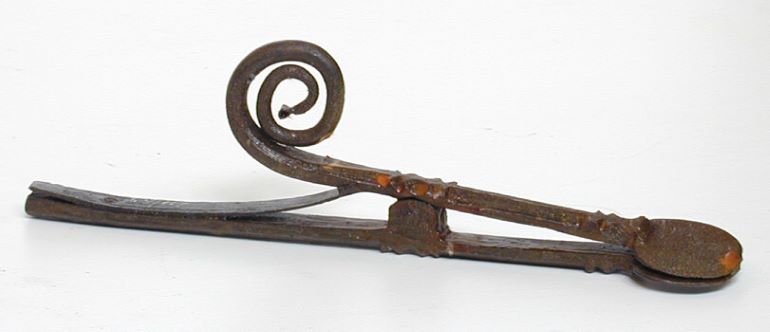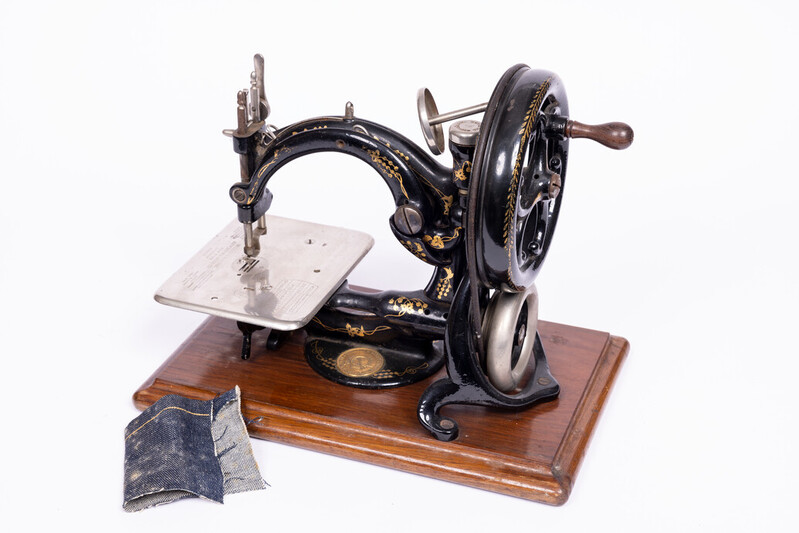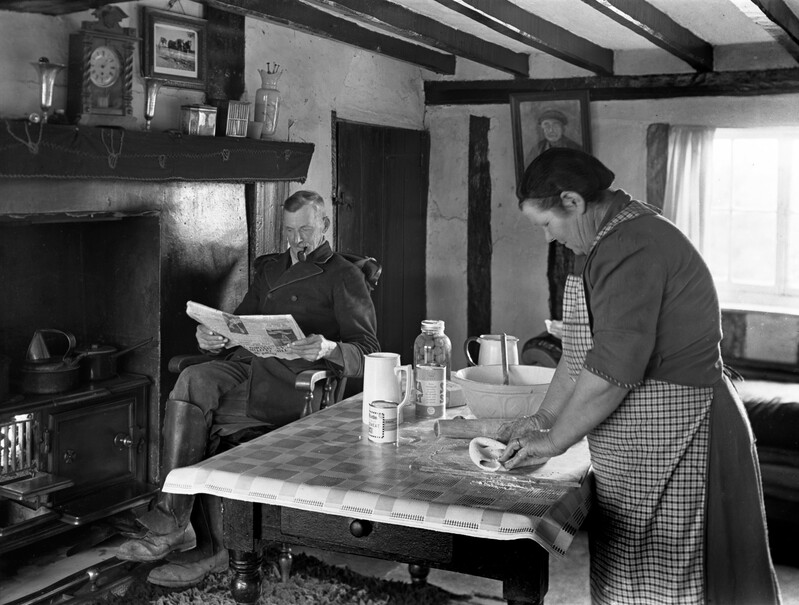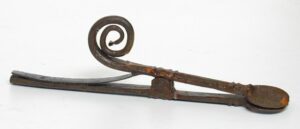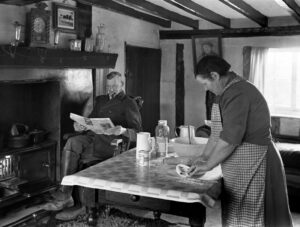Working by Candlelight
Categories
Themes
Collection
Museum of English Rural Life (The MERL) Object CollectionDate
18th Century
Object Number
59/117
Description
Could you imagine spending your evenings just by candlelight? In most homes across England the main source of light in the home was firelight and candlelight. The rich could afford candles made of beeswax, which smelled nice and lasted a long while. In poorer homes they used rush lights or tallow, which smelt terrible and only lasted as much as an hour.
In 1709 a tax was imposed on purchasing and making candles with the government at the time seeking to make money on this necessary commodity. Some inventive farmer’s wives would take a risk and make their own candles in secret. The tallow rendered from a single bullock would be enough to make all the candles needed on an average farm for three years![/vc_column_text][/vc_column][/vc_row]
Longer Lasting Light
Later, oil lamps allowed for longer lasting light and were slightly safer than candles. However, gas lamps were often smelly, dangerous and caused damage to the house and occupiers’ health.
It wasn’t until the 1930s that some homes began to be powered by electricity via the National Grid. This covered new builds and wealthy households in and around big cities. This form of power was clean, safe and was becoming ever more affordable to the average household. It took much longer, however for the rest of the country to be added to the National Grid, and for those living in rural areas, this would have been a long wait indeed.
This is why, even when electrical goods like sewing machines were becoming more popular, it was still useful to have hand powered machinery when you lived in a rural area. The farmer’s wife would be busy at her machine in the evening, despite the lack of light and power, making sure her family was well dressed, clothed and warm. [/vc_column_text][/vc_column][/vc_row]
For more information:
https://www.sciencemuseum.org.uk/objects-and-stories/everyday-wonders/electric-lighting-home[/vc_column_text][/vc_column][/vc_row][vc_row][/vc_row]
